Baseball Helmet Size Chart
Please select a measurement type and enter your size to find the recommended helmet size.
Looking for the perfect fit? Check Out These Best-Selling Baseball Helmet.
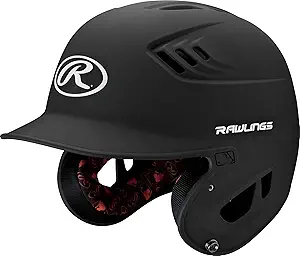
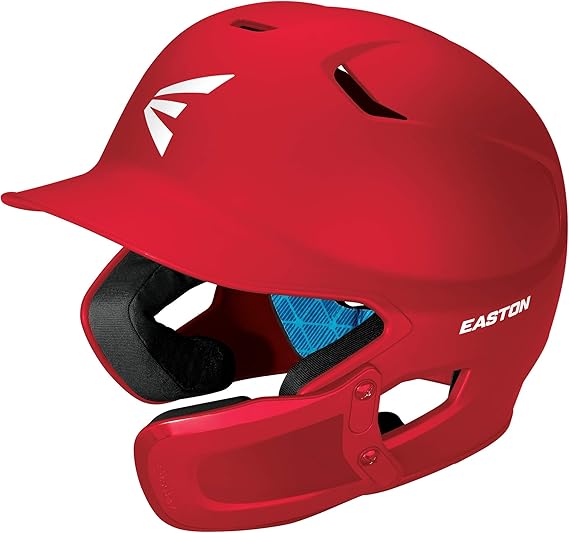
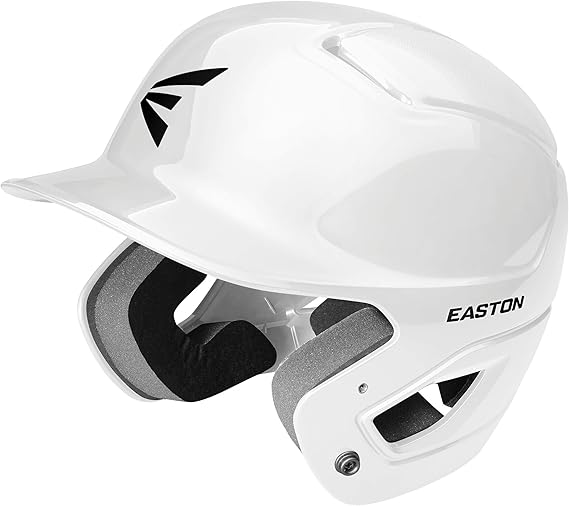
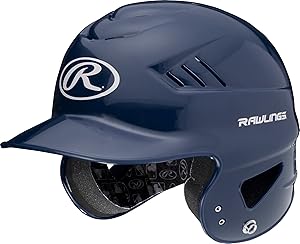
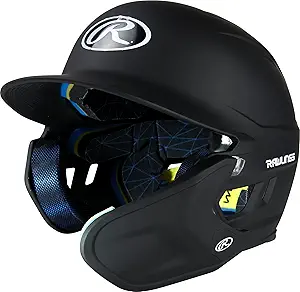
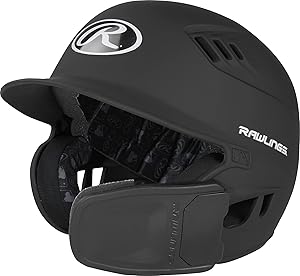
Baseball Helmet Size Chart – Choosing the Right Fit for Safety and Comfort
Baseball, a sport loved by millions around the world, requires athletes to wear protective gear, one of the most important pieces being the baseball helmet. Whether you’re a seasoned professional or a newcomer to the sport, a properly fitted helmet is essential for protecting the head from potential injury, enhancing comfort, and ensuring optimal performance on the field.
However, many players often overlook the importance of finding the correct size when it comes to helmets. An ill-fitting helmet can lead to discomfort, impaired vision, and most importantly, insufficient protection. This guide will explore why helmet sizing matters, provide a comprehensive Baseball Helmet Size Chart, and offer tips on how to measure your head accurately to select the best helmet for your needs. Whether you’re shopping for a child, teen, or adult, this article will ensure that you understand the significance of helmet sizing.
Why Helmet Sizing Matters
The importance of proper helmet sizing cannot be overstated. A baseball helmet serves several key functions, all of which are affected by how well it fits. Some of the primary factors include:
1. Head Protection
The primary role of a baseball helmet is to protect the head from potential injury, especially during high-speed pitches or when a player is fielding the ball. A poorly fitted helmet offers less protection. A helmet that is too loose may slide around, compromising its ability to absorb the force of an impact. A helmet that is too tight can cause discomfort, and potentially, headaches, distracting the player from the game.
2. Comfort
Helmets that fit well allow players to concentrate fully on their performance. A properly fitted helmet stays in place during play, whether the player is batting, running, or fielding. A helmet that fits correctly will feel comfortable, without excessive pressure or friction on the scalp, head, or ears.
3. Improved Performance
An uncomfortable or improperly fitting helmet can restrict movement, affect vision, and distract players during the game. Comfort and visibility are crucial for athletes to perform well. For example, a helmet that fits well will not obscure the player’s peripheral vision, allowing for better focus on the ball or the game situation.
4. Regulation Compliance
Baseball helmets come with specific guidelines in terms of size and safety standards, which vary based on age group and league requirements. For example, youth baseball leagues often have stricter rules on helmet safety, and these regulations require helmets to meet certain safety standards.
5. Confidence
Wearing the correct size helmet gives the player confidence. A properly fitted helmet ensures that the player is protected and can focus on the game without worrying about safety issues.
How to Measure for a Baseball Helmet
Choosing the right helmet size begins with measuring the circumference of your head. Here’s a step-by-step guide to measuring for a baseball helmet:
Step 1: Use a Soft Measuring Tape
To get an accurate measurement, use a soft measuring tape, such as the kind used by tailors. A rigid ruler won’t conform to the shape of your head, which may result in inaccurate measurements.
Step 2: Measure Around the Widest Part of Your Head
Wrap the tape around the widest part of your head, about one inch above your eyebrows and ears. This is the area where your helmet will sit. Make sure the tape is snug but not tight. Take the measurement at the point where the tape meets, ensuring that the tape is level all the way around your head.
Step 3: Record the Measurement
Note down the measurement in inches or centimeters. If you don’t have a soft measuring tape, you can use a piece of string and then measure its length with a ruler.
Step 4: Check the Size Chart
Once you’ve measured your head, refer to the Baseball Helmet Size Chart provided below to choose the correct size based on your measurement.
Baseball Helmet Size Chart
The following is a general guide to baseball helmet sizing based on head circumference. Keep in mind that sizing may vary slightly between different brands, so always check the manufacturer’s size chart when available.
| Size | Head Circumference (inches) | Head Circumference (cm) |
|---|---|---|
| Youth Small | 19.5 – 20.5 inches | 49.5 – 52 cm |
| Youth Medium | 20.5 – 21.5 inches | 52 – 54.5 cm |
| Youth Large | 21.5 – 22.5 inches | 54.5 – 57 cm |
| Adult Small | 21.5 – 22 inches | 54.5 – 56 cm |
| Adult Medium | 22 – 23 inches | 56 – 58.5 cm |
| Adult Large | 23 – 24 inches | 58.5 – 61 cm |
| Adult X-Large | 24 – 25 inches | 61 – 63.5 cm |
Notes:
- Youth Size Helmets: These are designed for younger players, usually between the ages of 4 and 12. They are smaller in diameter and fit snugly around a child’s head to ensure safety and comfort.
- Adult Size Helmets: These helmets are designed for older players (ages 13 and up) and come in a range of sizes for various head circumferences. Most adult players will need either a medium or large size helmet, depending on their individual measurements.
Adjustability for Comfort
Many baseball helmets come with adjustable features, such as an internal padding system, adjustable chin straps, and other customizable elements. These features can help ensure a snug fit, especially if you are between two sizes. Some helmets also come with a dial fit system, allowing players to easily adjust the fit of their helmet as they wear it, ensuring greater comfort throughout the game.
Types of Baseball Helmets
There are several types of baseball helmets available, each designed to offer a different level of protection and comfort. Here’s a quick overview of the various helmet options available for players:
1. Standard Baseball Helmets
These are the most common helmets used in both youth and adult baseball leagues. They are typically made of durable plastic and have padding inside for comfort and impact absorption. They are designed to meet standard safety regulations.
- Features: Simple design, inner padding for comfort, ventilation holes for breathability, and often a chin strap for added security.
- Best For: Casual or recreational players, youth leagues, and beginners.
2. Catcher’s Helmets
Catcher’s helmets, or masks, are specifically designed for players who play behind the plate as catchers. They offer more protection than standard helmets, covering not only the top of the head but also the face and throat.
- Features: A full cage or wire mesh to protect the face, throat guard, and additional padding.
- Best For: Catchers in both youth and adult baseball leagues.
3. Batting Helmets
Batting helmets are specifically designed to protect a player while they are at bat. They are usually made of high-impact plastic and feature additional padding in key areas to protect against fast pitches to the head.
- Features: Internal padding, ear protection, and additional coverage around the temple.
- Best For: Batting and other offensive roles in baseball.
4. Custom Fit Helmets
For players who are looking for a more personalized fit, some manufacturers offer custom fit helmets. These helmets feature advanced technologies like adjustable padding systems and dial fit mechanisms for a precise, snug fit that enhances comfort and protection.
- Features: Adjustable padding and fit systems, often more lightweight, additional ventilation.
- Best For: Serious players looking for maximum comfort and performance.
Tips for Choosing the Right Baseball Helmet
Choosing the right helmet involves more than just picking the right size. Here are a few additional factors to consider when selecting a baseball helmet:
1. Safety Certifications
Make sure that the helmet you choose meets the safety standards set by your league. Look for NOCSAE (National Operating Committee on Standards for Athletic Equipment) certification, which ensures the helmet has been rigorously tested for safety.
2. Ventilation
Since baseball can be an intense game, comfort is key. Look for helmets with ventilation holes or mesh to keep your head cool during the game. This can help reduce sweating and increase comfort.
3. Weight
Helmets vary in weight, and a lighter helmet can improve comfort and reduce neck strain. However, don’t compromise on protection for the sake of weight. Make sure the helmet is well-balanced and still offers full protection.
4. Chin Strap
Most helmets come with a chin strap that helps secure the helmet in place. This can be an essential feature, especially if you have a larger head or plan to play in more aggressive situations where there is more movement.
5. Ear Protection
Some helmets come with additional ear protection, especially for the batter. These helmets have extra padding or protective ear flaps to minimize the risk of injury from foul balls or high-speed pitches.
Conclusion
A baseball helmet is one of the most important pieces of protective equipment a player can wear. Not only does it provide safety, but it also offers comfort and improves performance. Choosing the correct size helmet is essential, as an ill-fitting helmet can hinder both protection and comfort.
By following the steps outlined in this article and using the Baseball Helmet Size Chart, you can ensure that your helmet provides the best protection while enhancing your ability to perform. Whether you’re buying a helmet for a child, teenager, or adult, make sure to measure carefully, check the safety certifications, and select a helmet that fits well and provides the highest level of comfort.
With the right helmet, you’ll be able to focus on the game and enjoy every play with confidence!






